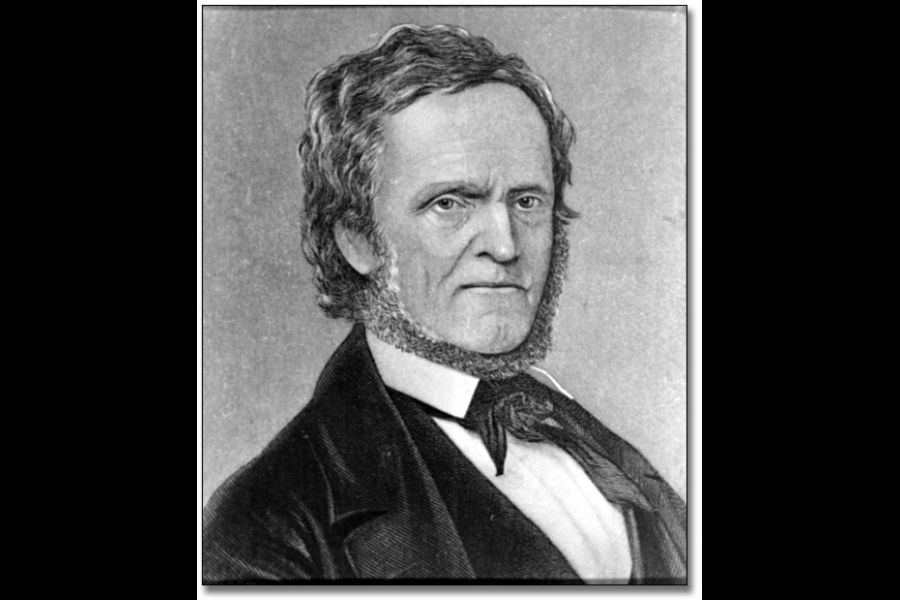In the town of Niagara (Niagara-on-the-Lake), James Moreau, who commanded part of the Mackenzie rebels was apprehended, tried and found guilty of treason. On July 30, 1838 Moreau professed his faith and was received into the Catholic Church. On July 31, 1838 he was baptized by Father Edward Gordon, then executed and buried in St. Vincent de Paul graveyard. Moreau’s grave is unmarked but is believed to be in the area known as the pauper’s grave site on the corner of Byron and Wellington Streets.
Mackenzie was charged by the United States for breaking neutrality laws and spent 11 months in a prison in Rochester, New York. He was pardoned in May 1840.
In 1849, an amnesty act was passed in Canada and Mackenzie was now free to return from the US. He returned to Canada shortly thereafter, touring the province before ending up once again in Toronto.
Not to give up easily, Mackenzie was elected to Provincial parliament in 1851. He refused all offers of government positions, maintaining himself as an independent and incorruptible politician.
Mackenzie resigned from politics in 1858 due to health problems. He died in 1861.
The Mackenzie rebellion had a very positive effect in later years in changing the political landscape of Upper Canada. As a result of the rebellions in Lower Canada and Upper Canada, Lord Durham was sent to Canada to study the situation. He recommended a number of reforms, including the amalgamation of Upper and Lower Canada into one province of Canada.
Durham also suggested that Canada join with other British North American provinces into one confederation with a central government, something that would finally come to fruition in 1867.
These suggested reforms, bolstered by the reform movement in England included the enfranchisement of more inhabitants and resulted in a legislative assembly with actual power.
Although many scholars will argue back and forth about the need and results of the rebellion, it did assist with the change to moderate politicians whose focus was on a more responsible Government.
William Lyon Mackenzie resided in Queenston for only a few years. After the reconstruction of his home in 1936, the building served several purposes, first as the Municipal office of the Township of Niagara until 1958 and later as a museum until 1974.
Today Mackenzie’s home and printery are once again a museum, thanks to the hard work of Niagara Parks Commission and the Mackenzie Heritage Printery Committee.
You will find in the museum several working presses, the oldest press is called the Roy Press (Louis Roy was appointed the first King’s Printer in Upper Canada) which was donated to the museum in 1991. The Roy press was the first press used in Upper Canada in 1793. The paper was called the Upper Canada Gazette (the sight is on King Street in Queens Royal Park) with the first edition issued on April 18, 1793 in Newark (now Niagara-on-the-Lake).
In front of the Mackenzie home are two Honey Locust trees, of the five that Mackenzie planted to commemorate the fight for a responsible government.
Also in front is a stone marker which reads “Home of William Lyon Mackenzie. The birthplace of responsible government, 1823 to 1824.”
Grateful thanks to Ron Dale and his continuous support.
References: Canadian Encyclopedia, Mackenzie Printery and Museum website, Dictionary of Canadian Biography.
Part 1 was published March 7 here.
____________________________________
To learn more about the topic of this story you can visit the Niagara Historical Society & Museum website at, www.niagarahistorical.museum, or visit the museum for yourself.
The Niagara Historical Museum is located at 43 Castlereagh St. in Old Town, in Memorial Hall. Visit, or give them a call at 905-468-3912.
Ascenzo is a regular Niagara Now contributor. Her full profile can be found here.











